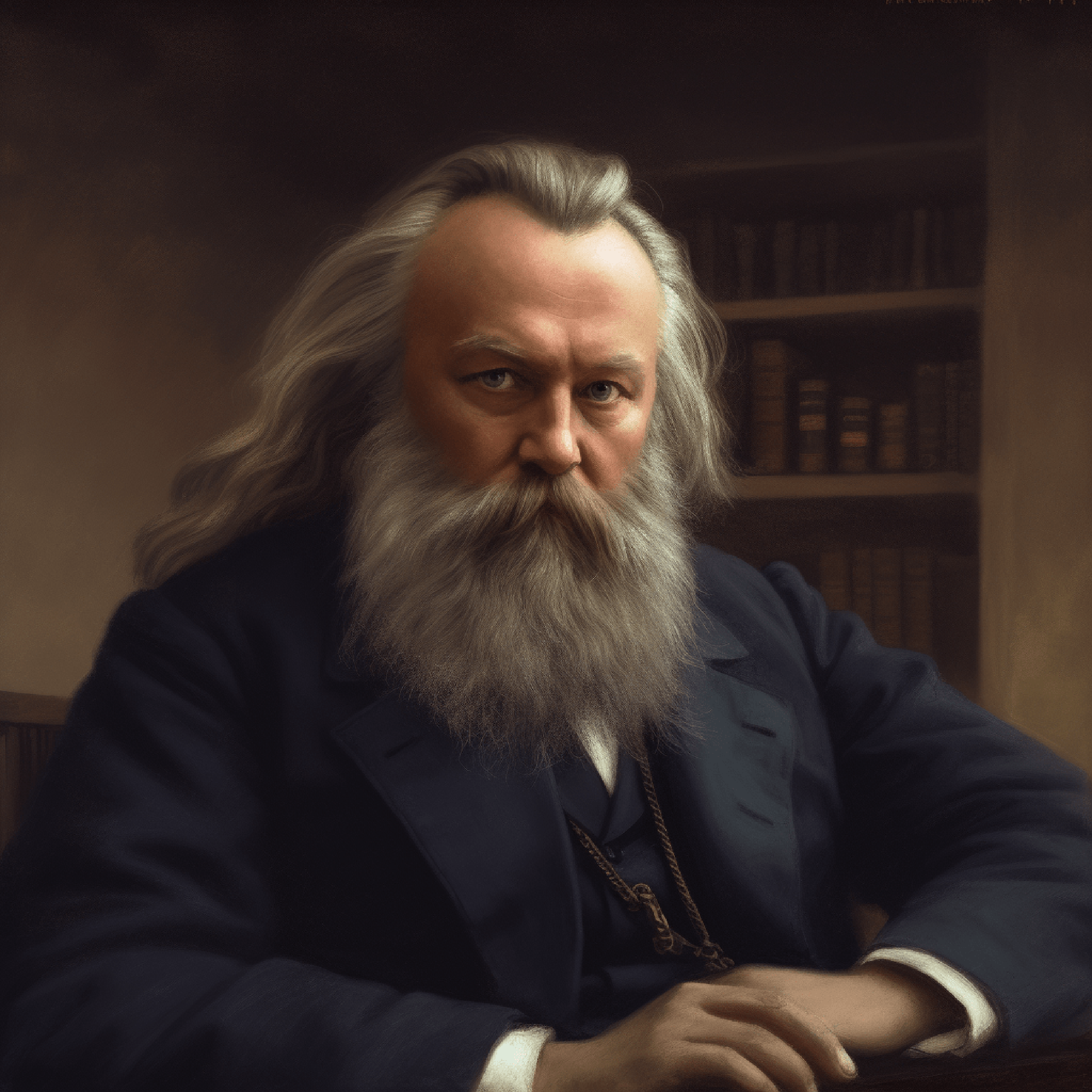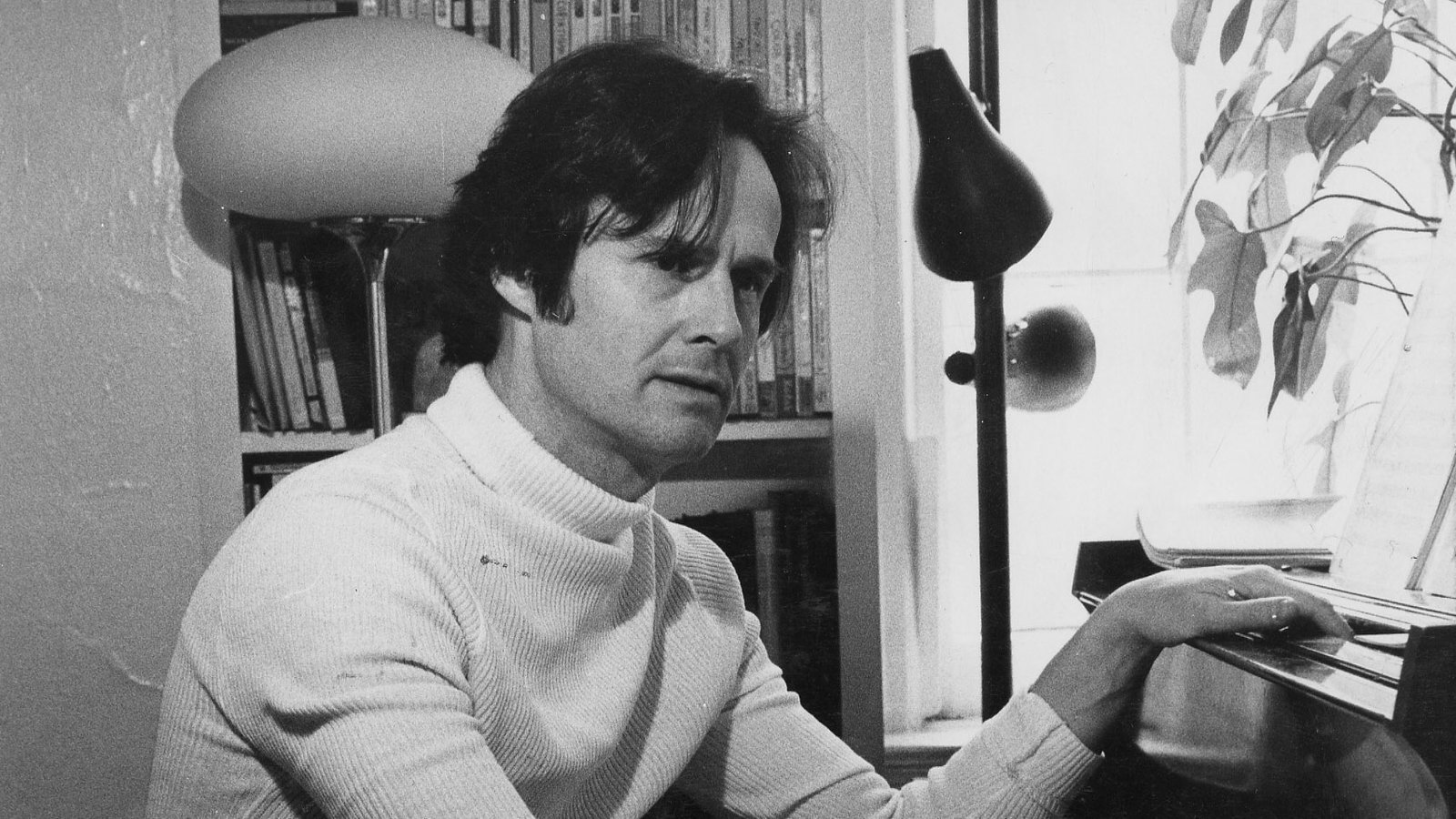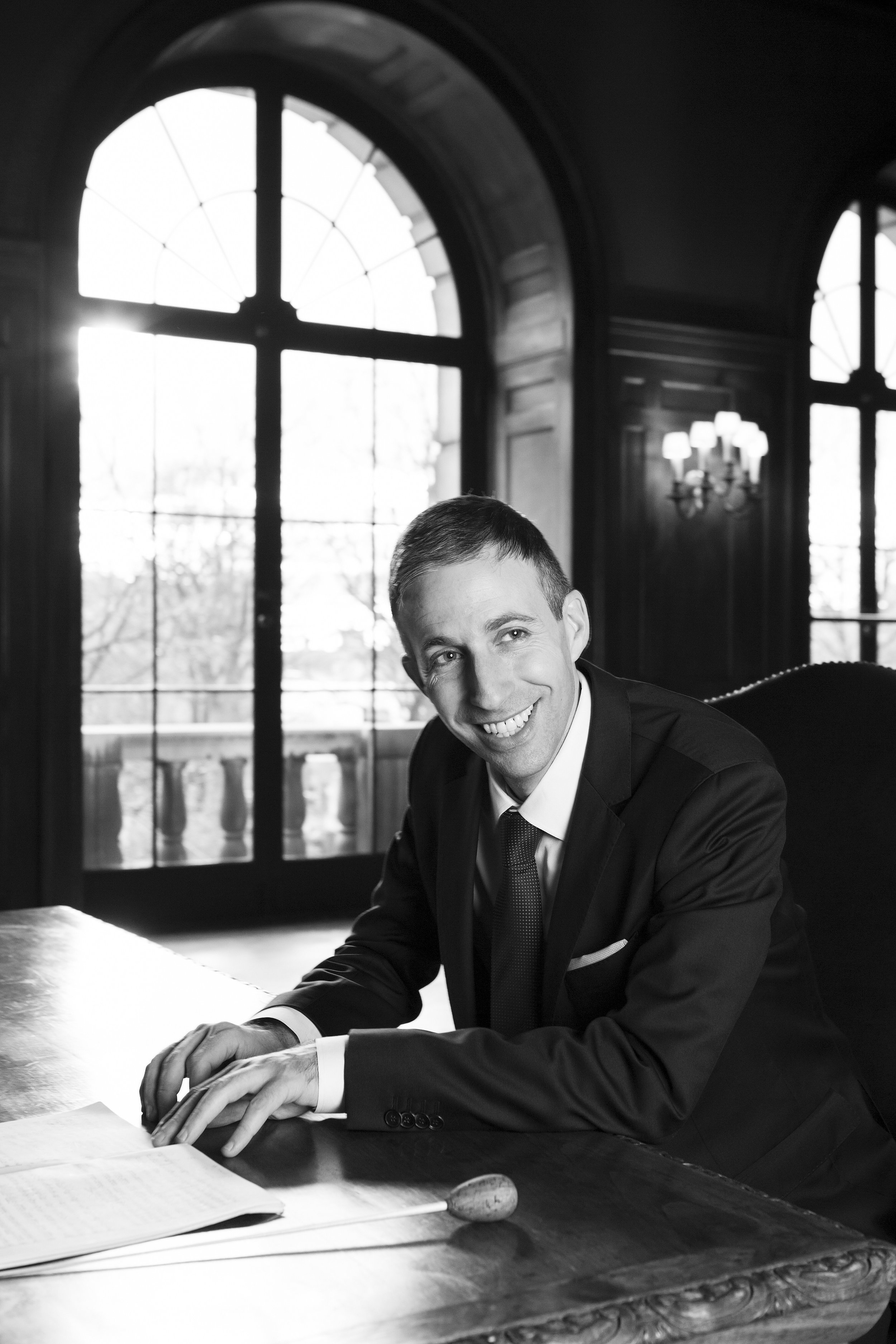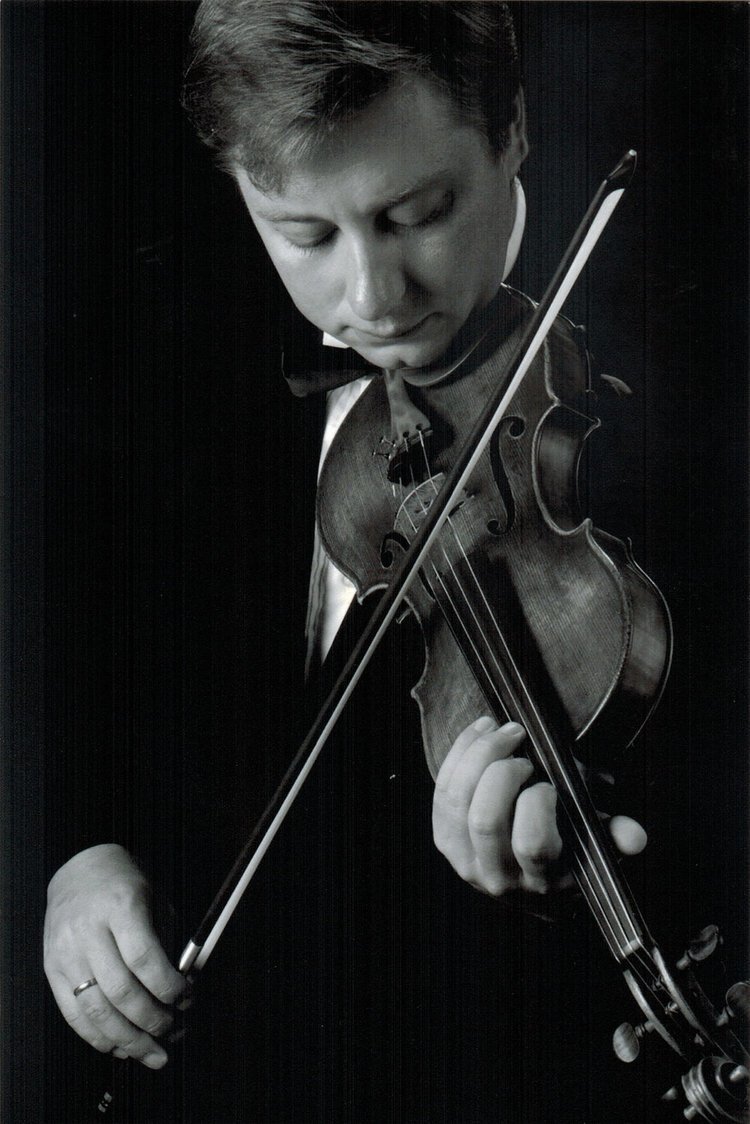
History
IS IMPORTANT
Explore
Search for a specific event or composer, or view all events from a season using the dropdown menu.
SEASON
- 2008 June
- 2009 June
- 2010 June
- 2011 June
- 2012 January
- 2012 June
- 2013 January
- 2013 June
- 2014 January
- 2014 June
- 2015 January
- 2015 June
- 2016 December
- 2016 January
- 2016 June
- 2017 January
- 2017 June
- 2017 March
- 2018 January
- 2018 June
- 2019 January
- 2019 June
- 2020 January
- 2021 June
- 2022 January
- 2022 June
- 2023 January
- 2023 June
- 2024 January
- 2024 June
- 2025 January

Festival Series— Brahms and Rorem
Featuring Benjamin Hochman and the Girsky String Quartet
Ned Rorem (1923-2022)
String Quartet No. 4 (1994)
I. Ugly and relentless
II. Infinitely tender
III. Very fast
IV. Absolutely strict
V. Wistful
VI. Massive
VII. Very Fast
VIII. Cold and hot
IX. Like the wind
X. Infinitely tender
Intermission
Johannes Brahms (1833-1897)
Quintet for Piano and Strings in F minor, Op. 34
I. Allegro non troppo
II. Andante, un poco adagio
III. Scherzo: Allegro
IV. Finale: Poco sostenuto – Allegro non troppo – Presto, non troppo
Artists: Girsky String Quartet; Natasha Bazhanov, violin; Timothy Christie, viola; Artur Girsky, violin; Rowena Hammill, cello; Benjamin Hochman, piano

Tasting Music — Rorem String Quartet No. 4
Featuring the Girsky String Quartet and images by Pablo Picasso
The Arts, capital ‘A.’ In our line of work, we refer to this broad category early and often. If a STEM curriculum is good, a STEAM one is better (this is a fact!). But chamber music itself occupies a rather specific corner of the Arts. We favor small rooms, small combinations of instruments, and perhaps go so far to consider our music ‘absolute,’ i.e., having no specific meaning other than sound itself. The listener can make of it what they will. Performers, too.
But what happens when chamber music emerges from its corner into the Arts more broadly. The 4th String Quartet of American composer Ned Rorem presents a fascinating opportunity to explore whether or not a piece of chamber music is necessarily absolute. Initially, Rorem based each of the 10 movements of this quartet on a different work by Picasso, and gave each movement the title of the painting or drawing that inspired it. Within a few years of the premiere, however, Rorem became dissatisfied with the idea of his music being perceived as representational, and he removed the titles from the movements. The third movement, originally titled Acrobat on a Ball, became ‘III: Very fast’— English for ‘III: Allegro molto,’ a tempo indication common to canonical classical works, at once specific and vague, therefore versatile, and ultimately “meaningless.”
What to do. Honor the original intention, and include the Picasso titles? Or honor the later revision and suppress them? Because you deserve a full festival experience we’ll do both. And we’ll even show the Picasso drawings and paintings at the center of all the fuss. We’ll have you guessing “was that the Minotaur or the Basket of Flowers? The Head of a Boy or the Death of a Harlequin?” Or was it simply, Very fast? The answer to all of these questions is unequivocally, ‘Yes!’ Helping us engage all your senses is The Walls Winery, whose selection of wines will make sure your senses of taste and smell don’t feel left out.
Ned Rorem (1923-2022)
String Quartet No. 4 (1994)
I. Minotaur
II. Child Holding a Dove
III. Acrobat on a Ball
IV. Still Life
V. Seated Harlequin
VI. Head of a Boy
VII. Basket of Flowers
VIII. Self Portrait
IX. Three Nudes
X. Death of a Harlequin
Artists: Girsky String Quartet — Natasha Bazhanov, violin; Timothy Christie, viola & moderator; Artur Girsky, violin; Rowena Hammill, cello

Special Event — Pianist Benjamin Hochman Plays Beethoven, Op 109
Tonight’s performance has been made possible by the generosity of Dick and Julie Swenson.
Late Beethoven evokes strong feelings among musicians, first and foremost, that of reverence. To the string player, the quartets leap to mind (Op. 127, 130, 131, 132, 133, 135), Beethoven’s final works of any kind. To the orchestral musician or vocalist (or multitude of New Year’s Eve revelers) the 9th Symphony, Op. 125, and Missa Solemnis, Op. 123 dominate (as does the overture Consecration of the House, Op. 124 among the enlightened). But what of practitioners of Beethoven’s primary instrument, the pianoforte? Pianists look to the final five of 32 solo sonatas (Op. 101, 106, 109, 110 & 111), Bagatelles numbering 17 in all (Op. 119, 126), and the massive “Diabelli” Variations, Op. 120, each an expressive universe unto itself.
All of these late works, whether massive or miniature — and without exception — share a common thread. Each manages the feat of looking backward, forward, inward and outward simultaneously. There are public declarations of private sentiments, private rebuttals of commonly held truths, and ultimately, an attempt to touch, hold and comprehend the infinite. In his final creative period, Beethoven offers a musical theory of everything.
Tonight, we encounter Late Beethoven (capital ‘L’) in the form of his Sonata No. 30 in E, Op. 109. The music does not confound as it does in the preceding Große Sonate für das Hammerklavier, Op. 106, a 45-minute beast that stretches the very instrument let alone the player to technical and musical extremes. It is music of a more slender proportion, and is therefore perhaps more inclusive, an invitation to participate in the final journey of Beethoven’s musical life.
Seizing upon the idea of music that looks back as it looks ahead, pianist Benjamin Hochman, making his WWCMF debut, has conceived a program that frames Beethoven’s Op. 109 with music both ancient and modern.
Ludwig van Beethoven (1770-1827)
Sonata for Piano, No. 30 in E major, Op. 109
I. Vivace ma non troppo, sempre legato - Adagio espressivo
II. Prestissimo
III. Gesangvoll, mit innigster Empfindung. Andante molto cantabile ed espressivo
Additional works to be announced from the stage.
Artists: Benjamin Hochman, piano; Timothy Christie, moderator

Portrait of an Artist — Artur Girsky, Violin
Violinist Artur Girsky has led a fascinating life. It started in Riga, Latvia, in those days an SSR of the USSR (long since proudly restored to independence). He continued to Moscow where he trained at the renowned conservatory. Soon, Artur was a part of the Moscow Soloists, traveling Europe with leader and violist, Yuri Bashmet. On tour, Artur’s taste for adventure kicked in and he circuitously wound up in the USA, unbeknownst to the Moscow Soloists. Stints in New York, New Jersey and Florida followed. Eventually, he found his forever home with fellow violinist and WWCMF regular, Natasha Bazhanov, in Seattle, where both are members of the Seattle Symphony and the Girsky String Quartet. (ahem… about that name.)
Artur’s sense of adventure hasn’t waned in the least. And who knows, with a ravenous affinity for certain local brisket tacos, a “defection” to Walla Walla wouldn’t necessarily be a surprise. You’ll get to know Artur, find out where to get those tacos, and hear works by Arvo Pärt, Alfred Schnittke and JS Bach. Pianist Benjamin Hochman joins Artur for this special program. All works will be announced from the stage.
Artists: Artur Girsky, violin; Benjamin Hochman, piano; Timothy Christie, moderator
